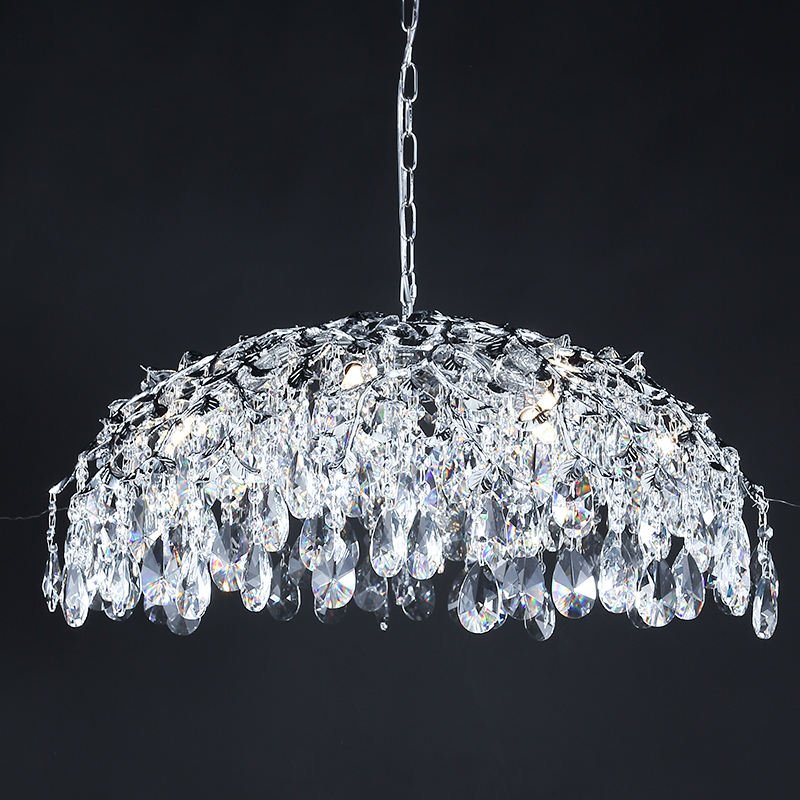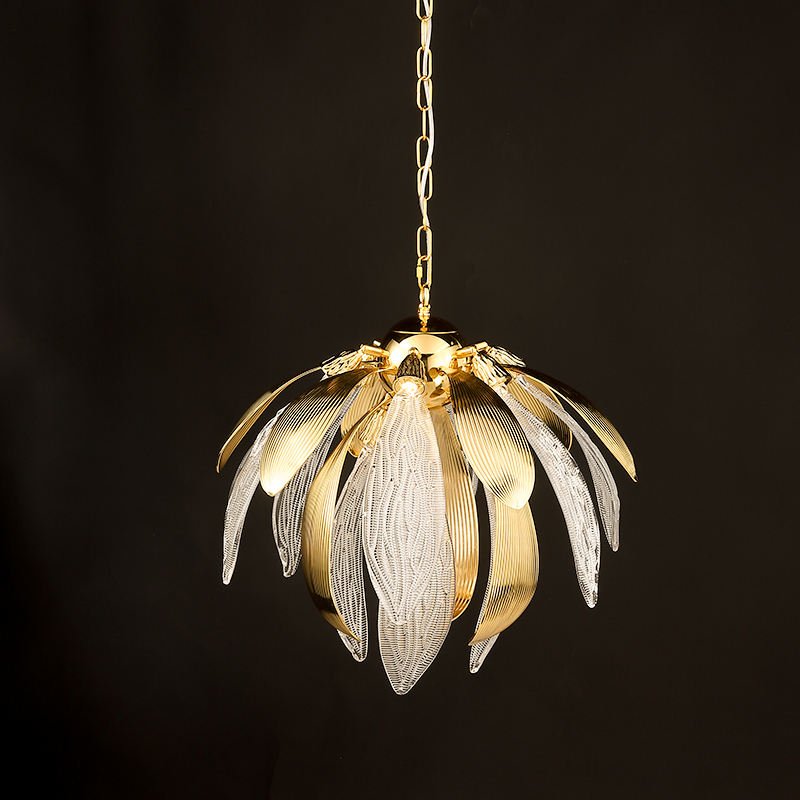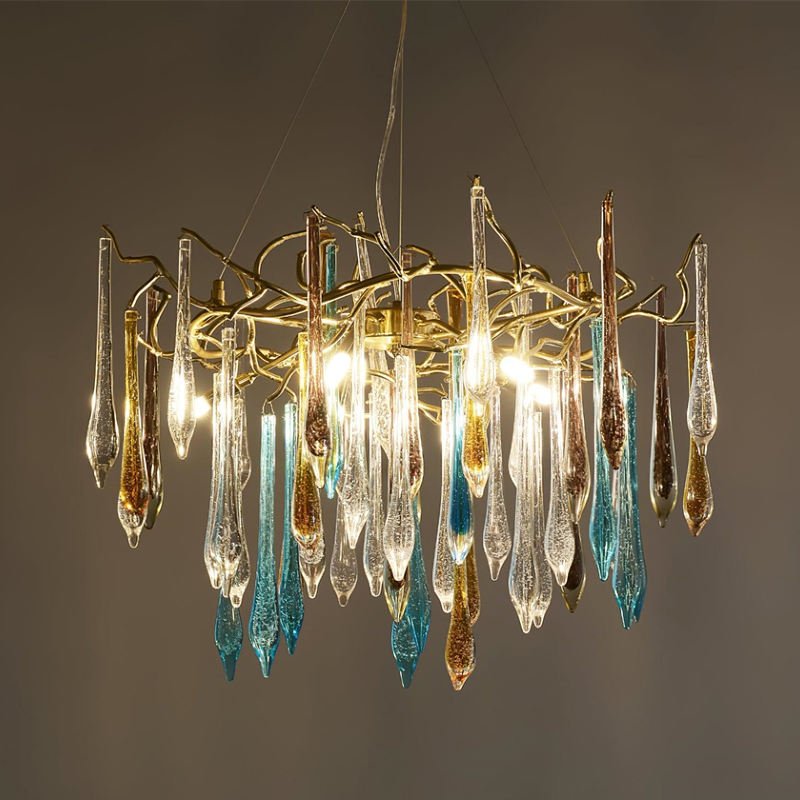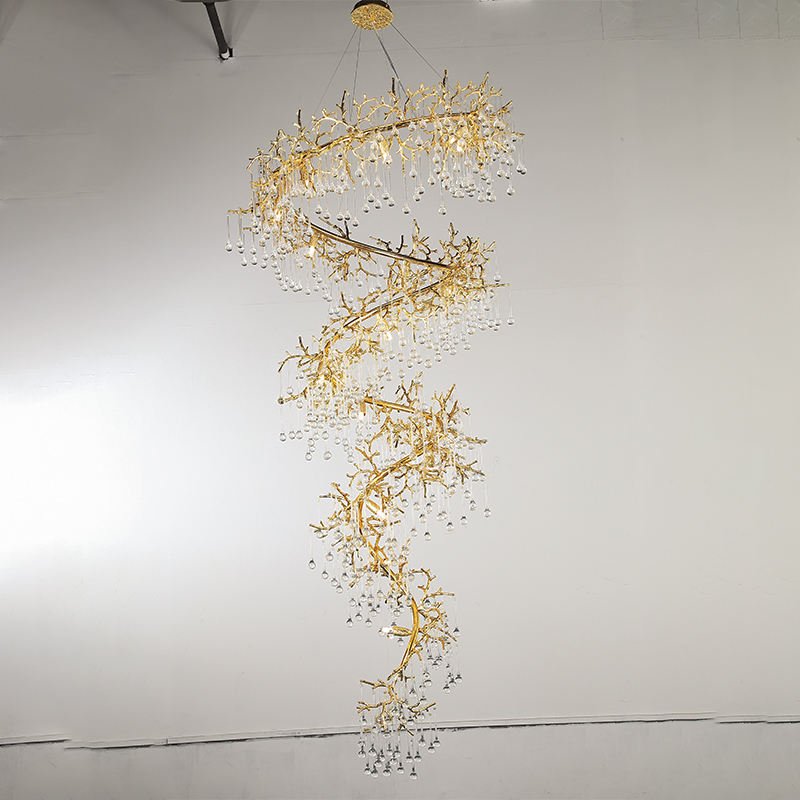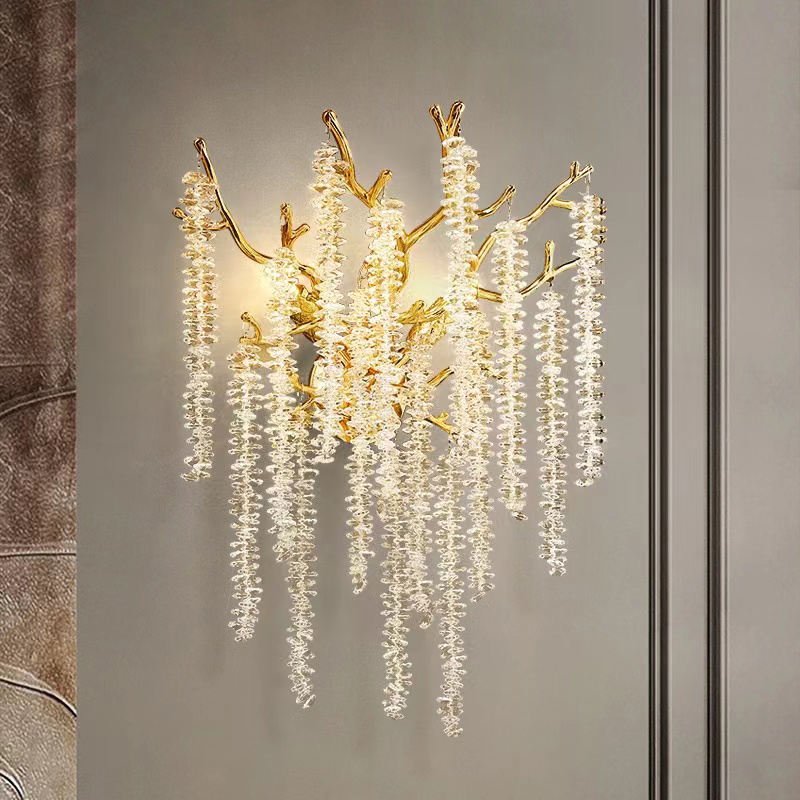Right then, let’s get stuck into this. Custom car lights, eh? It’s a big world, and there’s loads you can do. Here’s the skinny on gettin’ your ride lookin’ right:
Key Takeaways:
- Bein’ Unique: Custom lights are all about makin’ your car stand out, showin’ off your style. It ain’t just about seein’ where you’re goin’ anymore.
- Tech is Movin’ Fast: LEDs, lasers, smart controls that sync with music… the stuff you can get now is pretty mind-blowin’. The Automotive Lighting Market is seein’ huge changes.
- Safety Still Matters: Looks are cool, but your lights gotta be safe and legal. No point havin’ a cool car if you can’t drive it or cause an accident.
- Inspiration is Everywhere: You can get ideas for your car from all sorts of places, even fancy club lighting or artistic home pieces.
- DIY is Possible, But Be Careful: You can do a lot yourself if you’re handy, but know your limits, especially with electrics. Always follow safety tips for DIY lighting.
- Think ‘Bout the Whole Vibe: Good custom lighting works with the rest of your car, creatin’ a whole mood, inside and out.
The Spark of Inspiration: What Automotive Lighting Can Learn from Event-Specific Setups
When you think ’bout customisin’ your car’s lights, where d’you get your ideas from? Me, I reckon you can learn a ton from how pros light up big events or fancy clubs. Take High-End Club Lighting Solutions: Event-Specific Lighting Solutions, for example. These guys ain’t just throwin’ up any old bulbs. They’re craftin’ an atmosphere, a whole vibe, just for that one night or that specific zone. It’s all very deliberate, innit? You walk into a place, and the lights tell you if it’s a chill lounge or a high-energy dance floor. They use light to guide you, to surprise you, to make things look amazin’. Now, how’s that relate to your motor? Well, think about it. Your car ain’t just one thing, is it? Sometimes you’re on a relaxed night cruise, other times you’re headin’ to a car show, lookin’ to impress. Why not have lightin’ setups for them different “events”?
Imagine pullin’ up to a meet, and with a flick of a switch, your underglow pulses in a unique sequence, or your interior accent lights shift to a show-stoppin’ color. That’s takin’ a leaf outta the event lighting book. They use dynamic lighting – stuff that changes and moves – to create excitement. You could have a “show mode” that’s a bit more flashy, and a “cruise mode” that’s more subtle and cool. It’s about makin’ the lightin’ fit the moment, just like they do for a big concert or a product launch. I remember seein’ this one car, years ago, the fella had rigged up his interior lights to slowly fade between deep blues and purples, kinda like a calm ocean. Wasn’t shouty, just dead classy. He said he got the idea from some art installation. That’s the ticket. The Automotive Lighting Market is seein’ a big push towards this kinda personalization. People want more than just on or off.
Look at somethin’ like this Luxe Gold Crystal Umbrella Branch Chandelier.
Now, obviously, you ain’t gonna hang that in your Ford Fiesta. But look at the idea behind it. The complexity, the way it scatters light, the sheer statement it makes. That’s the kinda thinkin’ you can bring to car lighting. How can you use multiple light sources, or different types of diffusion, to create somethin’ really special and unique in your footwells, or as a headliner feature? Maybe not as grand, but the principle of creating a unique focal point with light, that’s gold. It’s about layerin’ light, not just havin’ one bright dome light. Some folks are even puttin’ tiny projectors in their doors to cast a logo on the ground when you open ’em. If that ain’t event-specific lighting for your car, I dunno what is. It’s a small detail, but it makes an entrance, dunnit?
Setting the Mood: Applying Club Lighting Techniques to Your Vehicle’s Interior
Right, so we’ve talked ’bout big event ideas, but what ’bout the everyday, or rather, every night feel of your car? This is where learnin’ from Mood Lighting Techniques for Clubs comes in proper handy. Clubs are masters of mood. They use light to make a space feel intimate, energetic, futuristic, whatever they’re goin’ for. And the main tools? Color, intensity, and placement. These are exactly the things you wanna play with in your car’s interior. The Automotive Interior Ambient Lighting Market is booming, and it’s because people are finally gettin’ how much it can change the feel of a drive.
Think about color. A soft, warm white can make your interior feel cozy and welcomin’. A cool blue might give it a more modern, techy vibe. Red? Well, red can be a bit aggressive for some, but in small doses, it can add a sporty touch. I once helped a mate install some RGB strips in his motor. He had ’em under the dash and seats. With the controller, he could pick any color he fancied. He even had a setting where it would slowly cycle through colors, real gentle like. It completely changed how it felt to just sit in his car at night. It went from bein’ just a car to bein’ his space. And that’s what mood lighting does, it personalizes the environment.
This Ethereal Icicle Chandelier here, it’s all about soft, diffused light, creating a magical, dreamy kinda feel. You can get similar effects in a car with well-placed LED strips behind frosted diffusers, or by using fiber optics to create a starlight headliner. Intensity is key too. You don’t want your interior ambient lightin’ to be so bright it’s distractin’ from the road. It needs to be subtle, somethin’ that enhances, not overpowers. Most good aftermarket kits, and even factory systems now, have dimmers. Use ’em! A gentle glow in the footwells, a soft light along the door panels, maybe a little somethin’ highlightin’ the gear shifter. It’s these little touches that add up to a big change in mood. Placement is the other trick. You want indirect light where possible. Light sources hidden away, just spillin’ their color and glow onto surfaces. This stops harsh glares and makes it all feel more integrated, more high-end. It’s what separates a classy job from somethin that looks like a Christmas tree exploded in the car.
Crafting an Exclusive Feel: Creating VIP Areas with Custom Lighting in Your Car
Ever been to a club and seen them swanky VIP sections? They always look a bit more special, a bit more luxurious, dont they? A lot of that comes down to how they use light. You can nick some of them ideas for Creating VIP Areas with Custom Lighting in your own motor, makin’ it feel a bit more first-class. It ain’t necessarily about ropin’ off seats, but more about usin’ light to highlight certain parts of your car, or to give passengers a bit of that special treatment. For instance, if you’ve got custom seats, or a killer sound system install in the back, some carefully aimed pin spots or subtle strip lights can really draw attention to ’em when you want to show off. It’s like puttin’ a spotlight on your best features.
I remember one build, a big SUV, where the owner wanted the back seats to feel like a proper executive lounge. We put in some really soft, warm reading lights above each rear seat, kinda like on an airplane, but much classier. Then we added some low-level lighting around the floor, so when you opened the back doors at night, it just oozed comfort and luxury. He even had a little custom-lit mini-fridge back there! That’s takin’ the VIP idea to heart. It’s not just for looks; it’s functional too, makin’ the space more usable and pleasant for passengers. That focus on enhancing passenger experience is somethin’ the whole Automotive Lighting Market is cottoning on to.
This Luxe Gold Lotus Blossom Chandelier screams exclusivity, dunnit? The intricate design, the warm glow it’d cast. Now, apply that feeling to your car. Maybe it’s about usin’ materials that interact with light in a unique way near your ‘VIP’ zones. Perhaps a custom door sill plate that lights up with a unique design when the door opens, or accent lighting around high-quality trim pieces. Even somethin’ as simple as upgrading the puddle lights to project a custom logo can make getting in and out feel a bit more special. It’s all about those little details that elevate the experience from standard to standout. Think about what makes a space feel premium. Often, it’s not about bein’ super bright, but about havin’ the right light in the right place, creatin’ layers and depth. That’s how you make parts of your car feel like a VIP zone, even if it’s just for you.
The Symphony of Senses: Sound and Light Integration for an Immersive Drive
Now here’s where things get really fun and a bit futuristic – Sound and Light Integration. If you’ve ever been to a good club or concert, you’ll know how powerful it is when the lights are perfectly synced to the music. The beat drops, and the lights explode with it. It just takes the whole experience to another level, dunnit? Well, guess what? You can have that in your car. And it’s gettin’ easier and more sophisticated all the time. This is one area where the inspiration from club lighting translates almost directly to automotive applications. It’s about creating an immersive environment, where what you see and what you hear work together.
Many aftermarket ambient lighting kits now come with a music sync mode. They’ll have a little microphone, or even connect to your sound system, and the lights will pulse, change color, or flash in time with the rhythm. It can be pretty wild. I’ve seen some setups where different zones of light in the car react to different frequencies. So, the bass might make the footwell lights throb red, while higher frequency sounds make lights along the dash shimmer in blue. It’s proper clever stuff. Of course, you don’t want it goin’ full disco mode when you’re tryin’ to concentrate on a tricky bit of drivin’, so good systems will let you control the sensitivity or turn it off easily. But for a bit of fun when you’re parked up, or just cruisin’ on a quiet road, it can be brilliant.
Think about this Elegant Gold Lotus Flower Pendant Light. It’s a statement piece, sure, but imagine if those petals could gently pulse or change hue in response to subtle sound cues. In a car, this integration isn’t just about music. Some high-end manufacturers are linkin’ ambient light to drivin’ modes. Select ‘Sport’ mode, and the interior lights might shift to a more dynamic color, like red or orange. Switch to ‘Eco’ mode, and they might go green or a calm blue. Some systems even use light to give you warnings – like if a door isn’t shut properly, the light near that door might flash red. This is where light becomes part of the car’s communication system, not just decoration. It’s enhancing awareness and a bit of that High-End Club Lighting Solutions: Designing for Dance Floors dynamic feel, but in a way that helps the driver. The future is definitely lookin’ bright, and noisy!
Beyond Illumination: Balancing Functionality and Artistry in Automotive Light Design
When you start messin’ with your car’s lights, it’s dead easy to get carried away with makin’ things look cool. But we gotta remember, especially with exterior lights, they have a job to do. This is where you need a good sense of Balancing Functionality and Artistry, just like they do when designin’ fancy lights for posh houses. A light in a villa has to look like a work of art, sure, but it also has to, y’know, light the room so you don’t trip over the expensive carpet. Same goes for your car. Your headlights gotta light up the road so you can see, and your brake lights gotta tell the bloke behind you you’re stoppin’. Safety first, always.
But that don’t mean they can’t look amazing. Look at modern headlight and taillight designs. They’re incredible pieces of sculpture sometimes, with intricate LED patterns and signature lightin’ “graphics.” Manufacturers spend a fortune gettin’ these right because they’re a key part of a car’s identity. When you’re customizin’, you’re basically doin’ the same thing, but on a more personal level. Maybe you’re retrofittin’ projector headlights with custom “demon eyes” (those little colored LEDs inside the projector). Looks awesome, but you gotta make sure the main beam is still perfectly aligned and legal. Or perhaps you’re buildin’ custom LED taillights with a sequential indicator. Super stylish, but they absolutely must be bright enough and the correct color.
This Artisan Glass Teardrop Chandelier is a perfect example of artistry and function. Each glass piece is beautiful, but together they create a functional light source. For cars, the artistry might be in the shape of the daytime runnin’ light, or the animation when you unlock the car. The functionality is in the lumens, the beam pattern, the reliability. One area where people sometimes slip up is with underglow. It can look fantastic, but you gotta check your local laws. Some places are fine with it when parked, others will pull you over quick smart if it’s on while drivin’. And colors matter too – blue or red lights on the front can get you mistaken for emergency services, which is a big no-no. So, get creative, make it yours, but always, always think ’bout the practical and legal side. That’s the mark of a truly good custom job. I always tell people, the best mods are the ones that look like they could have come from the factory, just… better.
The DIY Spark: What to Know Before You Customize – Learning from Common Mistakes
Alright, so you’re buzzin’ with ideas, ready to get your hands dirty and transform your ride’s lighting. That DIY spirit is brilliant, and honestly, some of the most creative stuff I’ve seen has come from shed-builds. But, hold your horses just a sec. Before you dive in, it’s worth learnin’ from the kinds of slip-ups people make, even in seemingly unrelated areas like DIY Branch Chandeliers: Common Mistakes to Avoid. The principles of avoiding cock-ups are pretty universal, especially when electricity is involved. A badly wired chandelier can be a fire hazard, and a badly wired car lighting system? Same deal, mate, only your whole car could go up in smoke.
One of the biggest mistakes I see is skippin’ the plannin’ stage. People get an idea, buy a load of cheap LED strips off the internet, and just start stickin’ ’em everywhere. No thought to how they’ll be powered, how the wires will be run neatly and safely, or even if the look will be cohesive. You end up with wires trailin’ everywhere, lights failin’ after a week because they’re not waterproofed or they’re wired wrong, and a car that looks a bit of a mess. Plan it out! Sketch your ideas. Figure out where each light will go, how it’ll be fixed, where the wires will run, and how they’ll connect to a switched and fused power source. Yeah, fused. Never, ever wire new lights directly to the battery without a fuse. That’s just askin’ for trouble.
This Luxe Gold Spiral Branch Chandelier looks complex, right? Bet it took some proper planning to get all those branches and lights workin’ together. Same for your car. Another common blunder is usin’ the wrong materials or components. Buyin’ the cheapest stuff you can find is often a false economy. Those unbranded LED strips might be a fiver, but if they’re not rated for automotive use, they won’t last. They’re not designed for the vibrations, the temperature changes, the moisture they’ll encounter in a car. Spend a bit more on quality gear from reputable suppliers. And make sure you’re usin’ the right gauge wire for the current your lights will draw, and proper connectors – none of that twistin’ wires together and wrappin’ ’em in insulation tape nonsense. That’s a bodge job waiting to fail. Take your time, do your research, and learn from others’ mistakes, not just your own!
Safety First in Custom Auto Lighting: Applying DIY Lighting Safety Tips
This one’s super important, and it follows on nicely from avoidin’ common mistakes. When you’re doin’ any DIY work on your car, especially electrical stuff like lighting, safety has got to be your number one priority. The lessons from general DIY Branch Chandeliers: Safety Tips for DIY Lighting are a good startin’ point, but car electrics have their own quirks. First off, and I can’t stress this enough: disconnect the car battery before you start messin’ with any wiring. Just pop the negative terminal off. It only takes a second, and it could save you from a nasty shock, fryin’ your car’s ECU, or startin’ a fire. Simple as.
Next up, understandin’ your car’s electrical system is key. Modern cars are complex beasts. Tappin’ into the wrong wire can cause all sorts of weird problems, from warning lights on the dash to components stoppin’ workin’. If you’re not sure, get a wiring diagram for your specific make and model. And always, always use a fuse for any new circuit you add. The fuse is there to protect the wiring and the car if somethin’ goes wrong and too much current flows. Pick a fuse that’s rated correctly for the wire size and the load of your new lights. Don’t just whack in the biggest fuse you can find; that defeats the object. Also, think about heat. LEDs are more efficient than old halogen bulbs, but they still produce some heat, especially high-power ones. Make sure your custom lights have enough ventilation and aren’t mounted right next to anything meltable, like plastic trim or other wires. Heat build-up can shorten the life of your LEDs and, worst case, be a fire risk.
Look at this Golden Branch Wall Sconce. It’s designed to be safely mounted and wired into a household electrical system. You need that same mindset for your car. Secure all your wiring properly. Don’t leave wires danglin’ where they can get snagged, chafed, or pinched. Use cable ties or conduit to keep ’em neat and protected. And make sure any connections are solid and insulated. Soldering is best for permanent connections, followed by good quality crimp connectors. And use heat shrink tubing over connections to insulate them and keep moisture out, especially for any wiring that’s outside the cabin, like underglow or engine bay lights. Finally, once it’s all installed, test everything thoroughly. Check all your other lights and car functions still work correctly. And keep an eye on things for the first few drives, just to be sure. Bein’ safe means your awesome new lights will be a source of joy, not a headache.
Get Creative with Your Custom Ride: Upcycling Ideas and Essential Tools
Right, let’s talk about gettin’ properly creative and the kit you’ll need. When it comes to custom lighting, the sky’s kinda the limit for your imagination. And sometimes, the best ideas come from thinkin’ outside the box, maybe even lookin’ at Creative Upcycling Ideas for inspiration. Now, I’m not sayin’ you should strap an old lampshade to your roof (please don’t!), but the principle of repurposin’ things or usin’ materials in unexpected ways can lead to some really unique results in your car. Maybe you’ve seen those cool custom taillights people make by embedding LEDs into clear resin, poured into a custom mold? That’s a form of creative fabrication. Or perhaps usin’ diffused acrylic panels, like you might find in some modern home lighting, to create soft, even light panels in your car’s interior.
As for tools, havin’ the right Tools Needed for DIY Projects will make any job easier, safer, and give you a much better finish. For automotive lighting, your basic toolkit should include:
- Wire strippers/cutters: Essential for, well, strippin’ and cuttin’ wires cleanly.
- Crimp tool and connectors: For makin’ secure, solderless connections. Get a decent ratcheting one if you can.
- Soldering iron and solder: For more permanent and robust connections, especially important for anything exposed to vibration.
- Heat gun: For shrinkin’ heat shrink tubing over your connections to insulate and protect them.
- Multimeter: Absolutely vital for checkin’ voltages, continuity, and identifyin’ correct wires before you tap into them. Don’t guess, test!
- Trim removal tools: A set of plastic pry tools will save your car’s interior panels from gettin’ all scratched up when you’re runnin’ wires.
- Drill and various drill bits: For makin’ holes for wires or mounting lights.
- Good selection of screwdrivers and sockets: You’ll be surprised what you need to remove to get access.
- Fish tape or wire pulling tool: Can be a lifesaver for gettin’ wires through tight spots or behind panels.
- Safety gear: Goggles are a must, gloves are a good idea.
This Luxe Crystal Branch Chandelier is a testament to what you can achieve with a creative vision and, presumably, the right tools to assemble such an intricate piece. For your car, maybe “upcycling” means takin’ apart an old set of fog lights and retrofittin’ new LED projectors into the housings. Or usin’ leftover pieces of high-quality Perspex from another project to create custom illuminated door sills. I once saw a fella use the flexible LED strips designed for home under-cabinet lighting to create really subtle, classy accent lighting inside his vintage car’s display cabinets. It looked mint because he took his time and used the right approach. So, gather your tools, let your imagination run wild (within reason and safety, of course!), and create somethin’ that truly makes your ride one of a kind. The Automotive LED Lighting Global Market Report shows just how much this area is growin’, so there’s always new tech and components comin’ out to play with.
Frequently Asked Questions (FAQs)
Q1: Is custom automotive lighting legal?
A1: It really depends on what you’re doin’ and where you live. Most places have rules ’bout the color of lights you can show (e.g., no blue or red at the front, unless you’re emergency services), the brightness, and whether they can flash or move. Underglow is often restricted to off-road or show use only. Always, and I mean always, check your local vehicle lighting regulations before you install anything. The last thing you want is a fine or to fail your vehicle inspection.
Q2: Will installing custom lights void my car’s warranty?
A2: It can do, yeah. If your custom wiring causes an electrical problem, the manufacturer might not cover the repair under warranty. Some dealerships are more lenient than others. To be safe, use plug-and-play kits where possible, or have a professional do the install if you’re worried. And never cut into the factory wiring loom unless you absolutely know what you’re doing; use T-taps or posi-taps sparingly if you must.
Q3: What are the best types of lights for custom projects? LEDs? Halogen?
A3: LEDs are pretty much king these days for custom stuff. They’re bright, use very little power, come in loads of colors, last for ages, and are really small, so you can fit ’em almost anywhere. Halogen is old tech now – gets hot, uses more power, and bulbs don’t last as long. Xenon/HID can be good for headlights if done right with proper projectors, but for accent and interior stuff, LED is the way to go. The Automotive Lighting Market reports show a massive shift towards LED technology.
Q4: How much does custom car lighting usually cost?
A4: Oh, that’s like askin’ “how long is a piece of string?” It can range from a few quid for a basic LED strip to thousands for a full custom headlight build or a professionally installed ambient lighting system. It all depends on the quality of the components, how complex the install is, and whether you’re doin’ it yourself or payin’ someone. Set a budget before you start, that always helps.
Q5: Can I install custom car lights myself?
A5: You sure can, if you’re reasonably handy and comfortable with basic electrics and mechanics. Start with somethin’ simple, like replacin’ interior bulbs with LEDs, and work your way up. There’s tons of tutorials online. But, like I said before, safety first. If you’re not confident, especially with wiring, get a professional to do it. Better safe than sorry, eh? Referencing good DIY safety tips is a smart move.
Q6: Where can I get ideas for my car’s custom lighting?
A6: Everywhere! Car shows, online forums, social media (Instagram and Pinterest are great for this), even lookin’ at stuff like high-end club lighting or artistic glass lighting for villas can spark an idea. The trick is to see somethin’ you like and think, “How could I adapt that kinda feel or effect for my car?”


